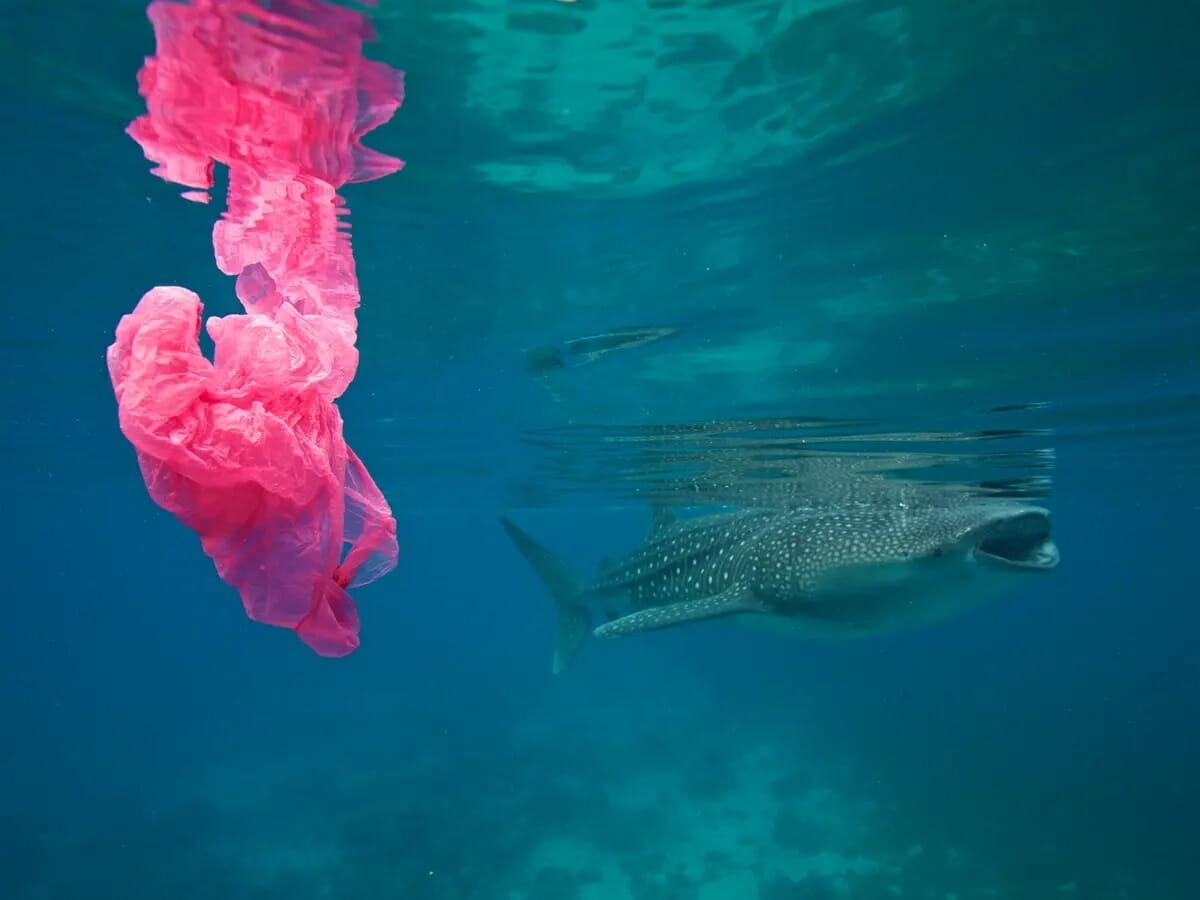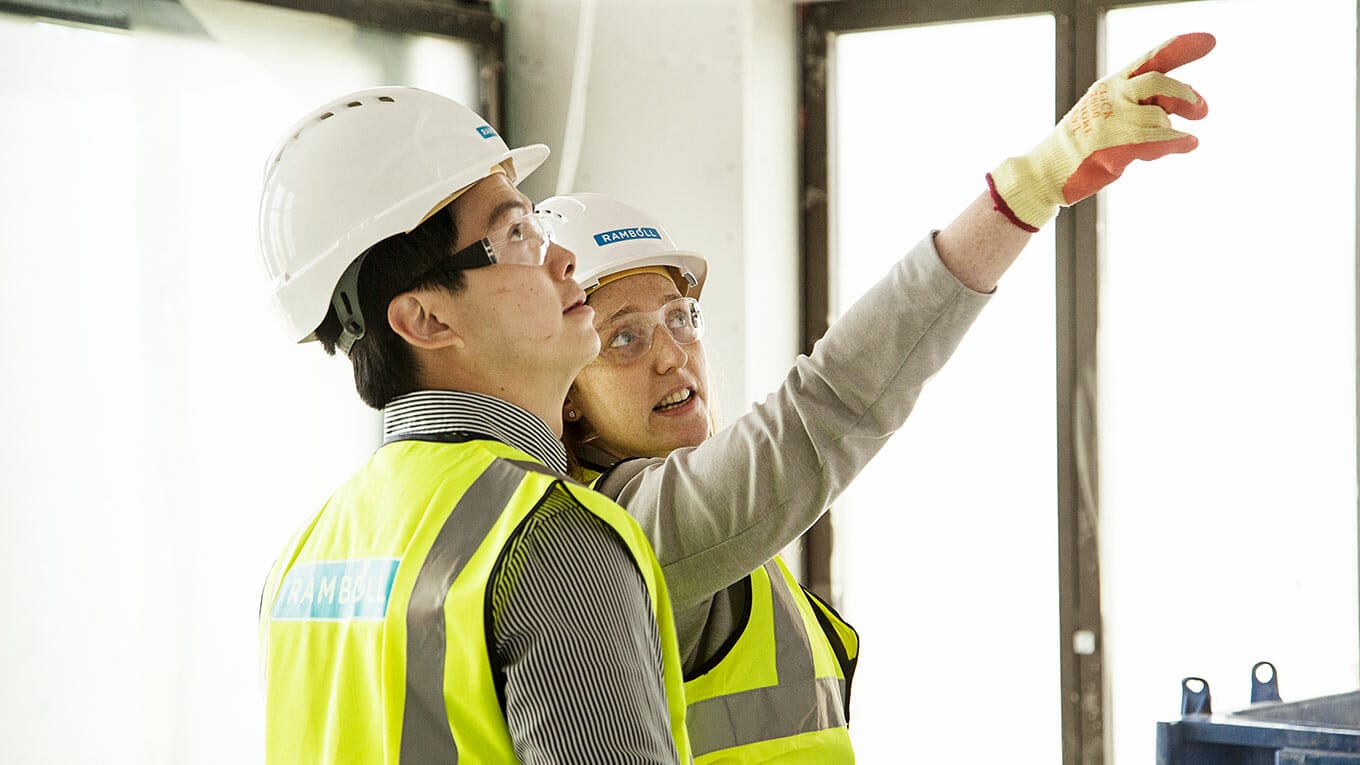The Future of Plastics
Ever since plastic has been mass produced in the 1950s, the biggest problem is on how to properly manage its disposal. This stems from the fact that the two common ways in getting rid of plastic is quite challenging: burning them can contribute to air pollution and putting them in landfills can take 400 years to degrade.
Researchers have estimated that only 9% of the plastic waste produced ended up recycled, with another 12% incinerated. The remaining 79% has built up in landfills or stuck elsewhere in the environment.
What is the solution to this? What should be done to control our relationship with plastics?
For Ellen MacArthur, an ex-sailor who started a British foundation focused on circular economy, it takes an alternative material. And what better way to squeeze all the ideas than to launch a worldwide contest?
That is exactly what she did. MacArthur collaborated with Think Beyond Plastic to find the best replacement for plastic especially in packaging through a contest called Circular Materials Challenge.
Now they have announced the winners at the World Economic Forum Annual Meeting in Davos.
“These winning innovations show what’s possible when the principles of a circular economy are embraced,” MacArthur said. “Clean-ups continue to play an important role in dealing with the consequences of the waste plastic crisis, but we know we must do more. We urgently need solutions that address the root causes of the problem, not just the symptoms.
”To get there will require new levels of commitment and collaboration from industry, governments, designers and startups,” she continued. “I hope these innovations will inspire even more progress, helping to build a system in which all plastic materials are reused, recycled or safely composted.”
Each of the five winners will receive a $200,000 share of the $1 million prize other than joining a 12-month accelerator program to make the innovations marketable at scale.
Here are the winners:
“Make unrecyclable packaging recyclable” Category
The University of Pittsburgh and Aronax Technologies Spain emerged as winners in this category for their genius plastic technology.

Photo by New Plastics Economy
Researchers from the former have developed a recyclable material, which is made from several layers of polyethylene, to replace packaging made from layers of different materials. Supposedly, this makes plastics easier to recycle.
Meanwhile, scientists from the latter have found a magnetic additive that can be applied to materials to give better air and moisture insulation. Such should give plastics better abilities to block gases such as oxygen.

Photo by New Plastics Economy
“Combining materials that nature can handle” Category
Three winners were chosen in this category after much deliberation.
First in this roster is the VTT Technical Research Centre of Finland which proposed a packaging that looks and feels like plastic, but is actually made of wood. It is made of compostable multi-layer materials from agricultural and forestry by-products.

Photo by New Plastics Economy
The second one is by Full Cycle Bioplastics, Elk Packaging, and Associated Labels and Packaging. The joint research focuses on creating a high-performance material from renewable materials, agricultural by-products and food waste.

Photo by New Plastics Economy
Fraunhofer Institute for Silicate Research ISC grabbed the last spot for developing an organic coating plastic that makes fresh food packaging compostable.

Photo by New Plastics Economy
Sources: New Economy | Dezeen




















